
The Alexander Column: 5 facts about the symbol of St. Petersburg
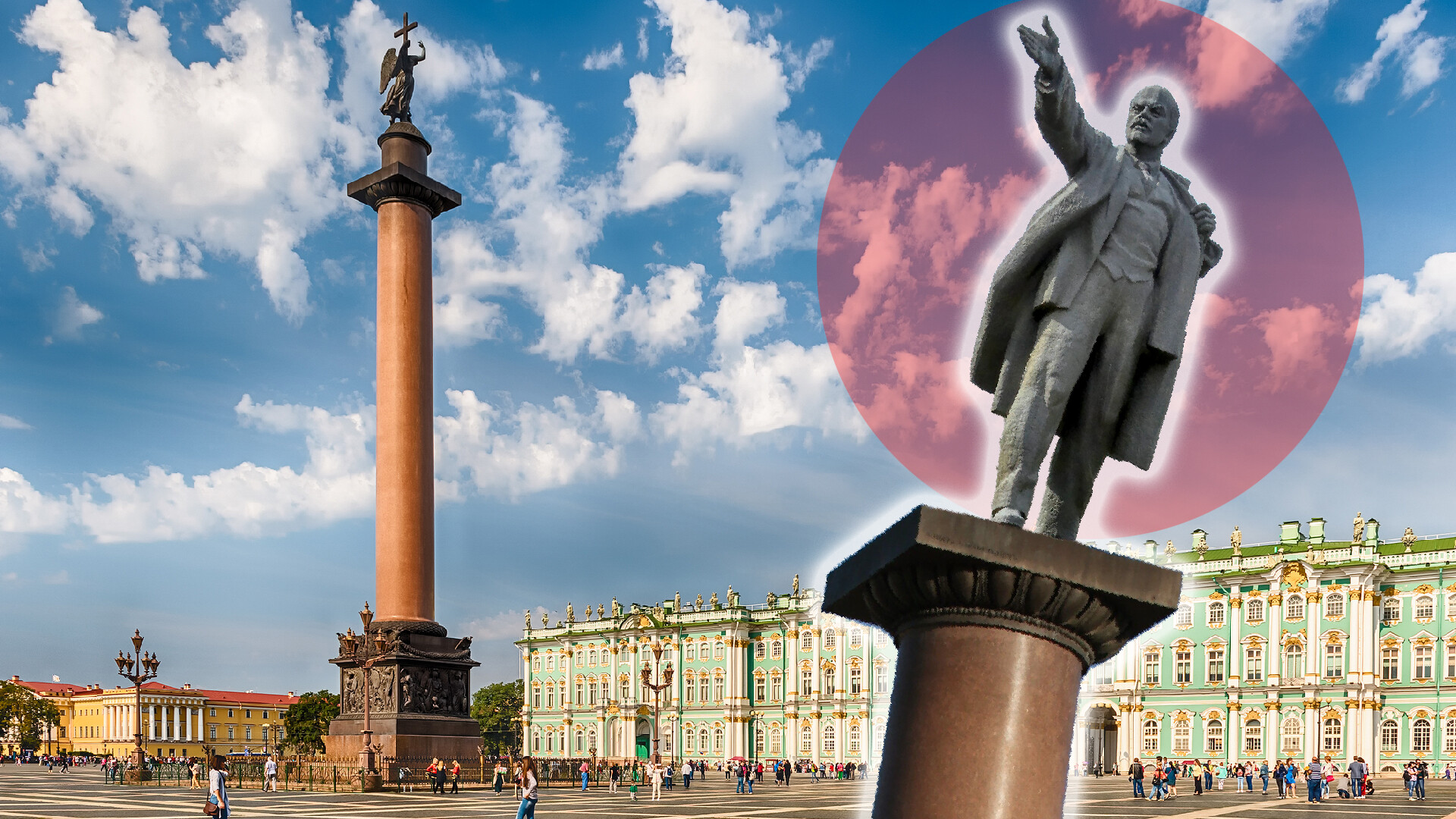
1. The angel on top was given the features of Emperor Alexander I
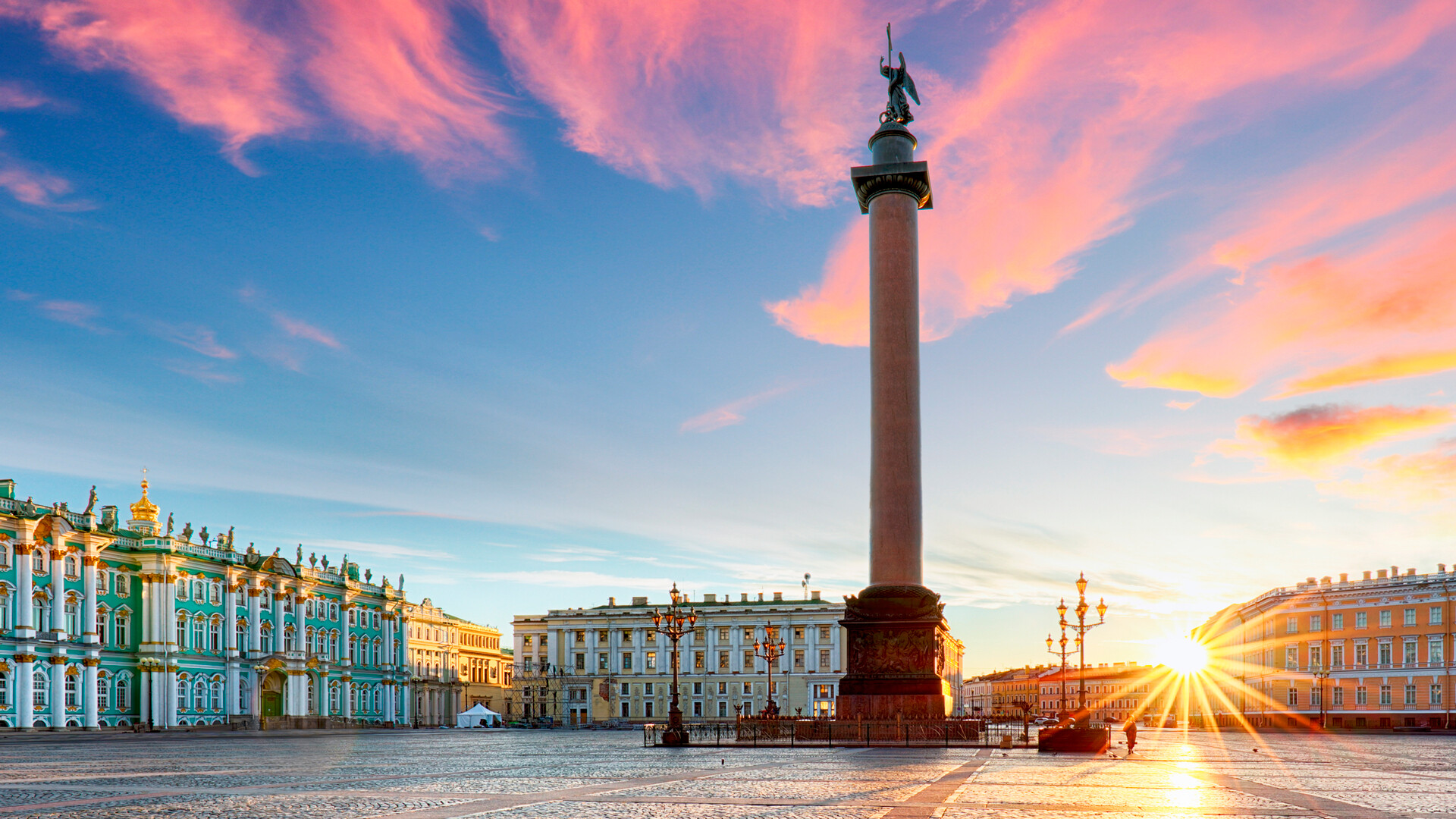
A figure of an angel crowns the column. It holds a Latin cross – the symbol of Christianity and peace that Russia gifted Europe. Sculptor Boris Orlovsky gave the face of the bronze angel the features of Alexander I. Under him, Russia achieved victory in the Patriotic War of 1812 over Napoleon.
This monument is also dedicated to saint and noble-born prince Alexander Nevsky, the heavenly protector of St. Petersburg. The column was put on its pedestal on August 30, 1832, the anniversary of the relics of the holy prince being moved to the city, with its grand opening exactly two years later.
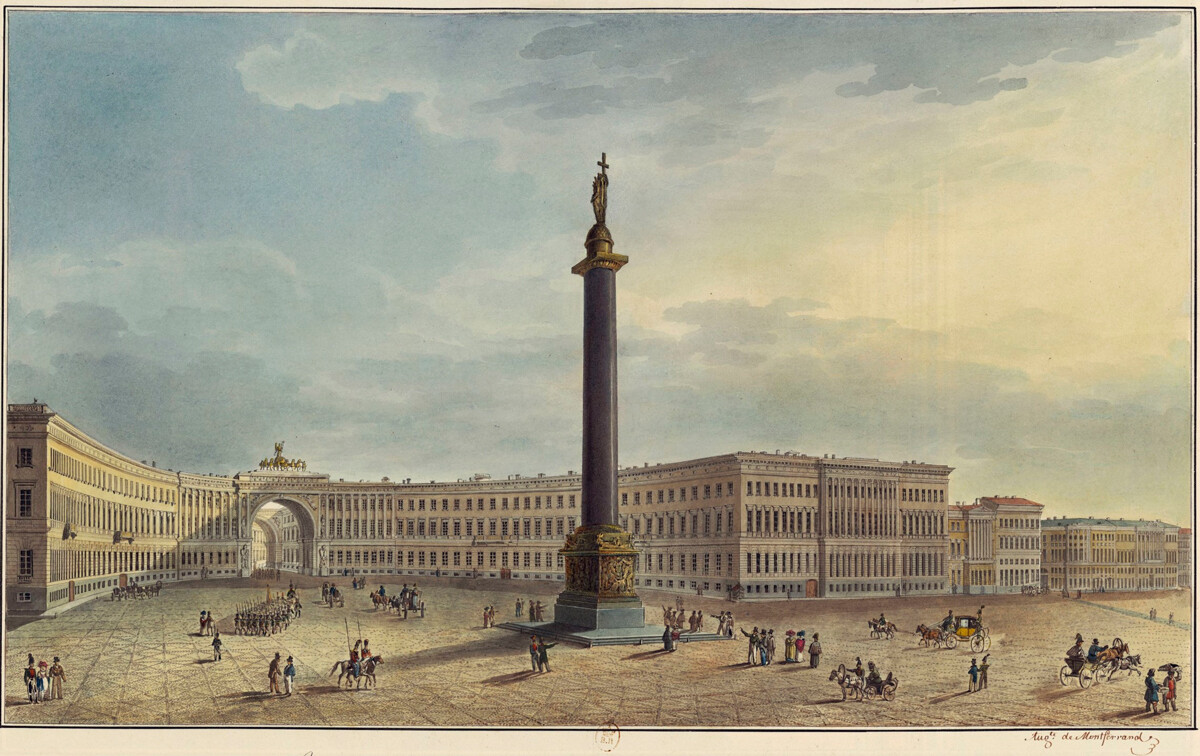 The draw of 1829—1830.
The draw of 1829—1830.
According to a city legend, the angel on top of the Alexander Column is one of the three protectors of St. Petersburg, along with the golden angel on the spire of the Peter and Paul Fortress and the silver angel on the dome of the Church of Saint Catherine.
2. It became the tallest monument in the world made of a single piece of granite
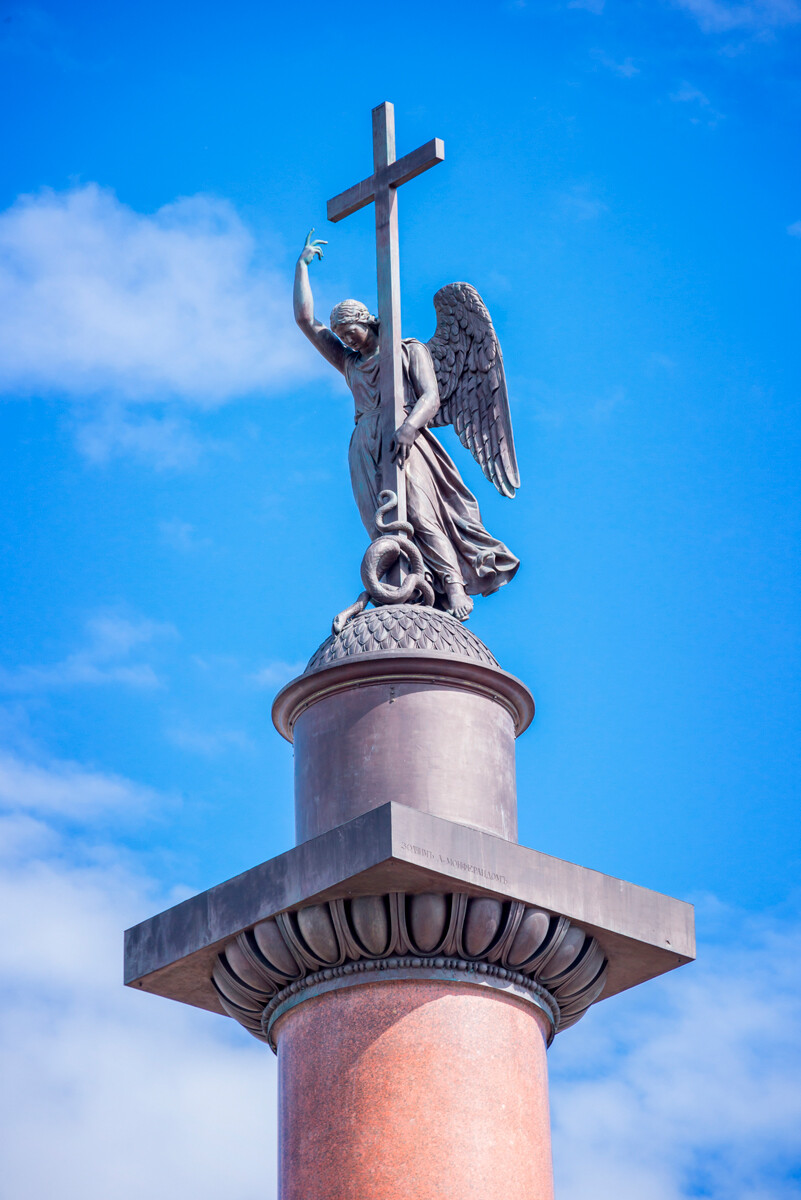
According to the project, the column was supposed to be taller than the Vendôme Column, installed in Paris in honor of Napoleon’s successful campaign in 1805. The height of the French monument is 44.3 meters and was cast from Austrian and Russian cannons captured in the Battle of Austerlitz.
The height of the Alexander Column along with its pedestal and its top amounts to 47.5 meters, which is said to be the tallest monument in the world made from a single piece of granite.
The shaft of the column was cut from a rock that the author of the project, sculptor Auguste de Montferrand, took note of back during the construction of St. Isaac’s Cathedral: it also required monolithic granite columns cut for it.
It’s interesting that the initial project of Montferrand implied building not a column, but an Egyptian-style obelisk adorned with bas-reliefs. But, the concept was changed by the will of Emperor Nicholas I.
The rough surfacing work on the column was done in the Pyuterlakskaya quarry near Vyborg, which is 250 kilometers away from St. Petersburg by sea. The weight of the monolith was a record 650 tons. And its transportation to the capital nearly fell through.
3. The column nearly sunk when being loaded on a ship
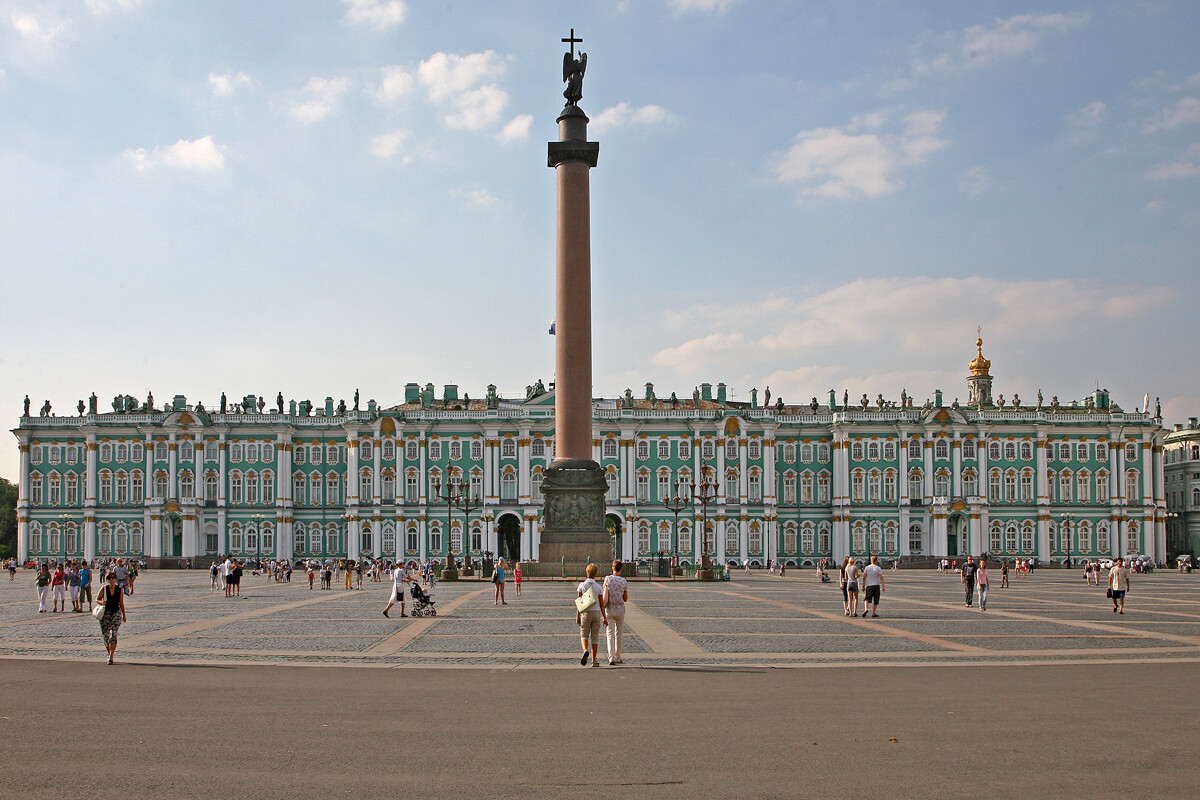
The quarry was only 93 meters away from the shores of the Gulf of Finland, but the road was craggy. The irregularities of the road had to be blown up; then, a pathway to the harbor had to be laid with beams to lower the column there. It was set in motion with the help of capstans – winches, as well as a wedge and boards rubbed with lard and soap.
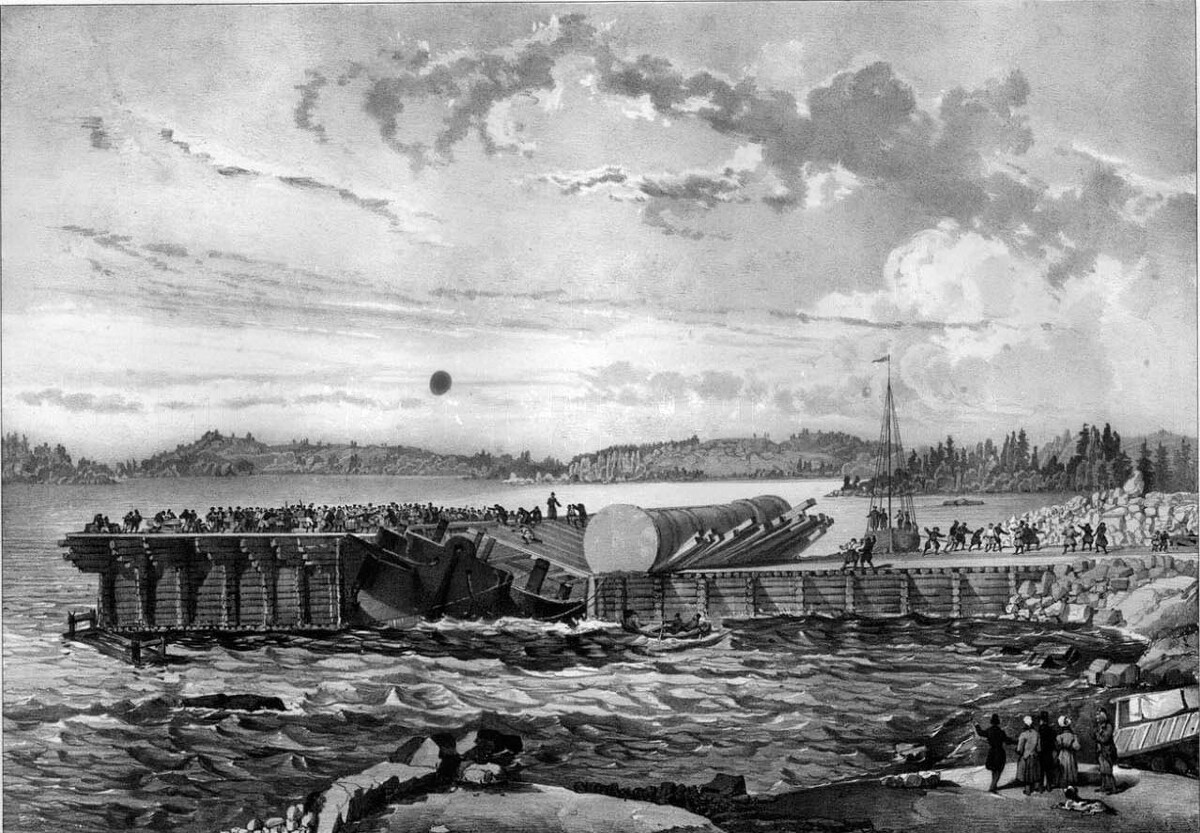
A flat-bottomed ship, able to move up to 1,100 tons, was built for the transportation of the column. To load the column on board, a pier with a length of 63 meters was built on the shore of the Gulf of Finland, which ended with a 32-meter dam. The granite cylinder was rolled to the end of the construction, but the gangways, meant to be used to load the column onto the ship, snapped. It took the builders and soldiers two days to drag the column onto the ship.
On July 13, 1832, steam tugboats brought the ship to the harbor near the Winter Palace. Then, on July 25, the column was safely unloaded onto the shore under the supervision of the imperial family and a large crowd of watchers.
4. The column is not secured on its pedestal
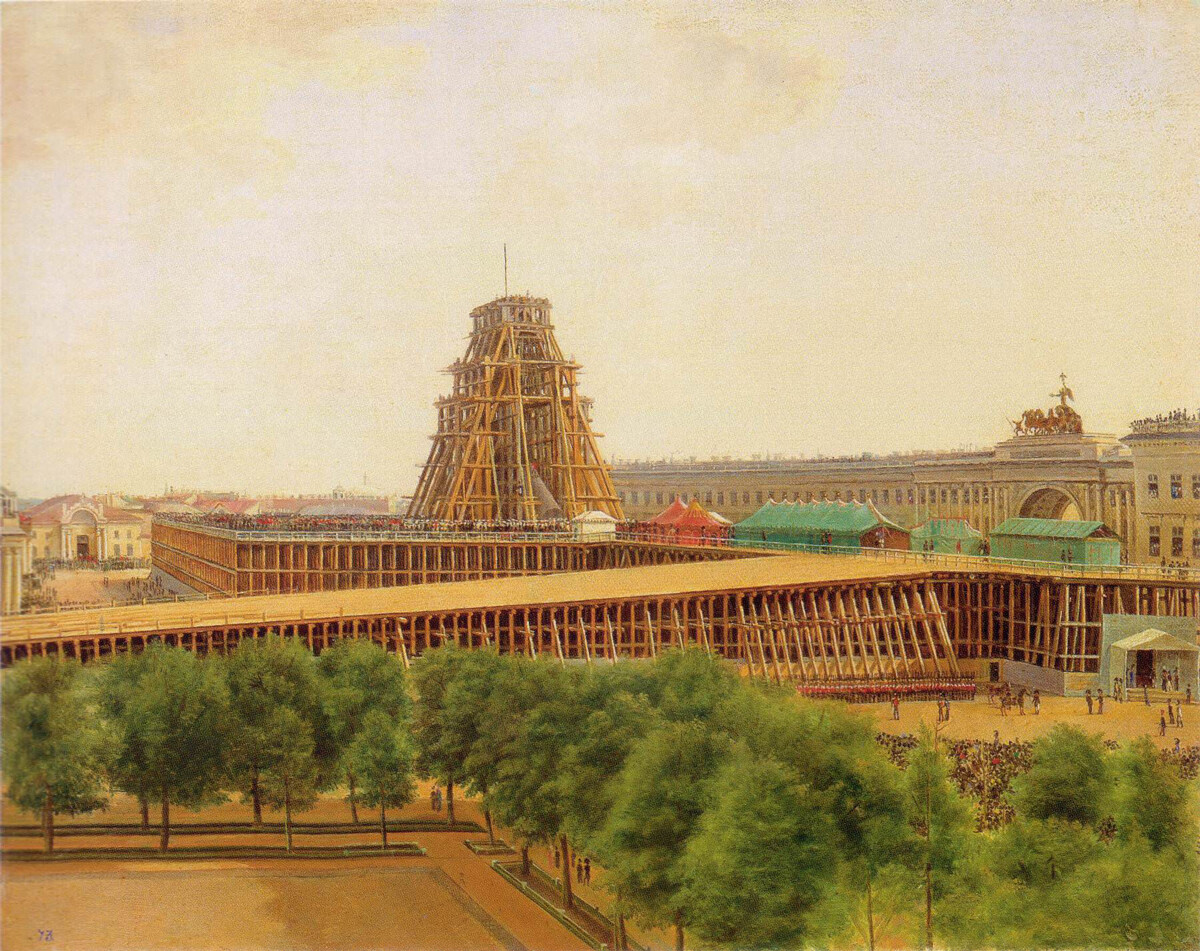
During the laying of the foundation, 1,250 pine piles were driven into the center of the square. When the granite base was installed on the foundation, the entire Winter Palace shook as if from an earthquake: the future pedestal was dropped from a four-meter height. But, in comparison to the installation of the column itself, this operation was quite easy.
Architect Agustín de Betancourt designed the scaffolding, which was constructed in a pyramid shape; there was a 6.4-meter span in the middle of it – the space for the column. The upper beams of the scaffolding stood at a height of 47 meters above ground and the column was raised with the help of 60 steel capstans.
After the installation of the column, it was polished every day for five months by as many as 200 people. The scaffolding and the foundation were only disassembled a year later.
The column, however, was not secured on its pedestal: it has held its position thanks to its weight. At first, after the opening of the monument, the denizens of St. Petersburg were afraid that the giant pillar would fall, due to possible calculation errors and they strove to circle it at a distance. This led to Montferrand demonstratively taking walks around his construction on purpose and allay any fears.
5. The communists wanted to replace the sculpture of an angel with a statue of Lenin
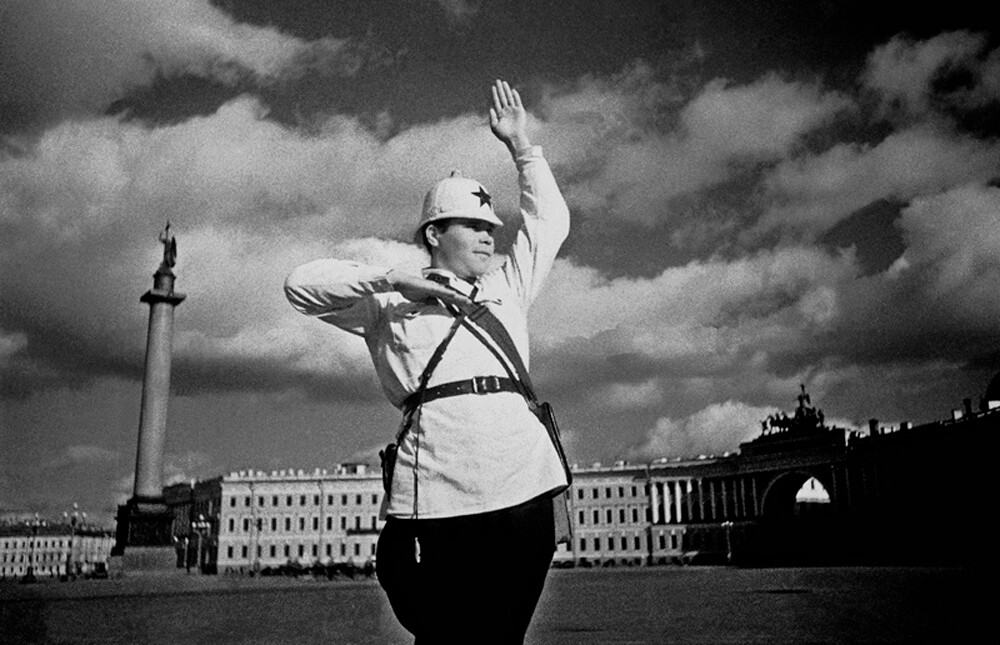
In the first years after the 1917 Bolshevik Revolution, the angel on the column was covered by a red cap or masked with baubles during festivities. In 1924, after the death of the ideologist and the leader of the revolution, Vladimir Lenin, the communists wanted to replace the statue with a monument of their chief.
Their opponents argued that the statue of Lenin would be discordant with the Empire style construction, not just ideologically, but also stylistically. That’s where the absurd ideas of “dressing” Lenin in a Roman toga or “changing” the bas-reliefs on the base of the column spawned from. There were also ideas to put a worker or a Red Army soldier on top of the column – dressed in the ‘Empire style clothing’, as well.

Thankfully, there were opponents of such desecration of architectural heritage among Leningrad officials. To prevent the dismantling of the angel, they used the most obvious method – red tape and paperwork. A lot of commissions were created around the column changing project. Then the idea was rejected altogether, because one of its initiators – Chairman of Lensovet (the highest authority body in the city) Grigory Zinoviev – turned his attention to the struggle for leadership within the party and, later, moved to Moscow.












